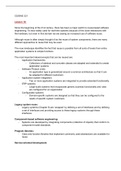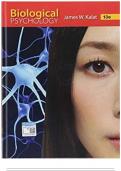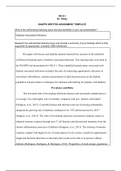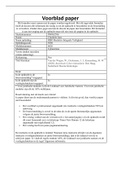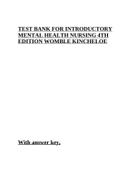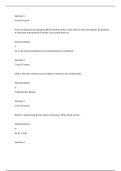Summary
Summary The Brain and Cranial Nerves Review
- Institution
- Memorial University Of Newfoundland (MUNSU )
An easy-to-follow complete review of the brain and cranial nerves. Explains each concept in detail, step-by-step. This review guide will help you focus on what is important to learn for midterm and final exams.
[Show more]




